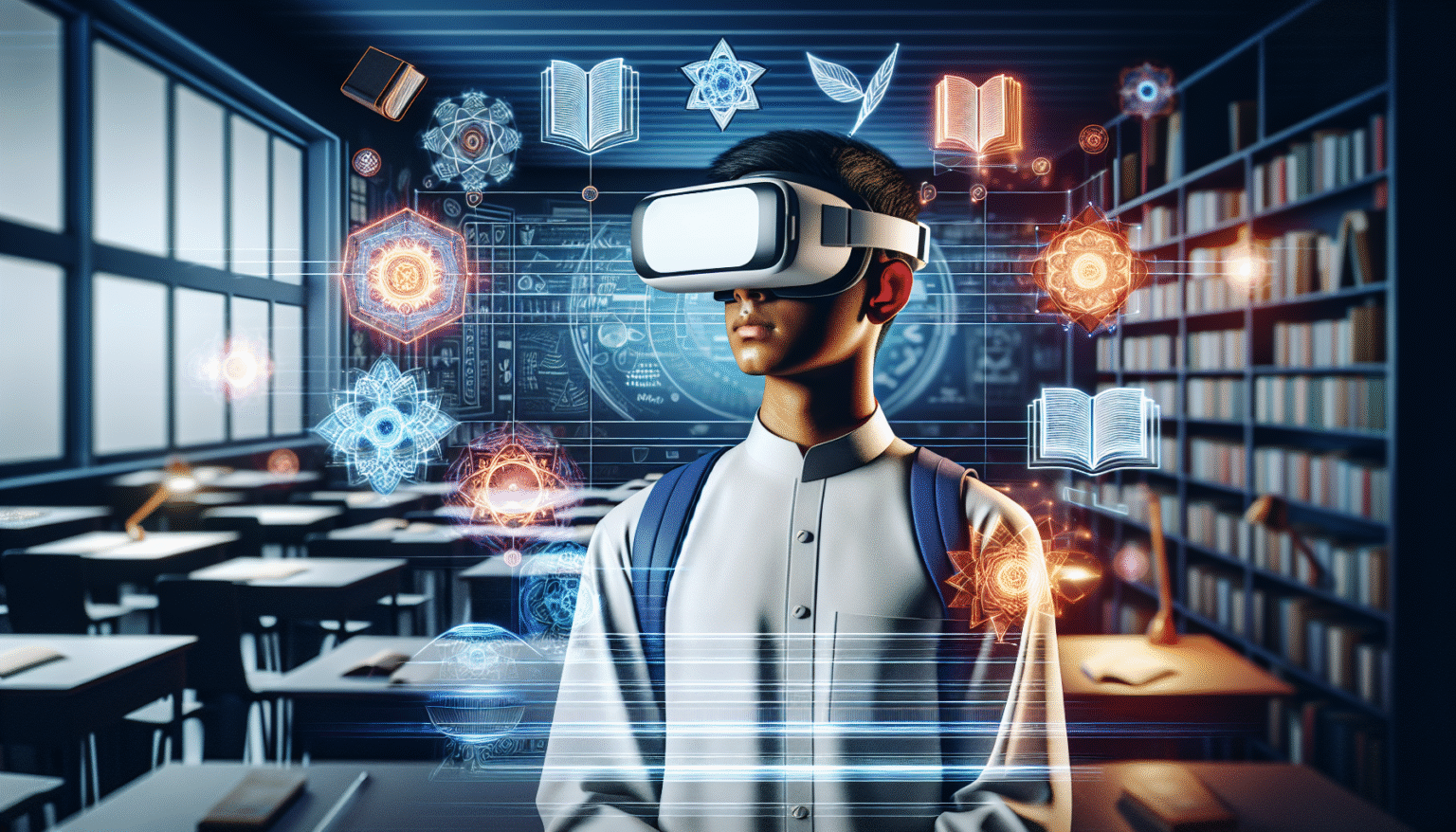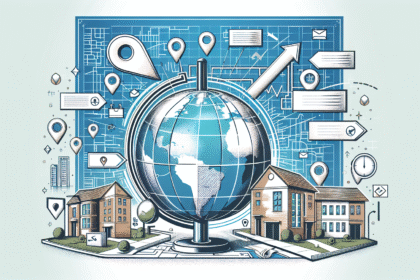What is Virtual Reality in Education?
Virtual Reality (VR) immerses users in a computer-generated environment, allowing them to engage with digital content more interactively than traditional methods permit. In education and training, VR creates realistic scenarios where learners can practice skills and gain experience without the risks associated with real-world applications.
The Advantages of VR in Learning Environments
1. Enhanced Engagement and Motivation
Students often find it challenging to remain engaged in traditional classrooms. However, VR can turn passive learning into an active experience. Immersive environments stimulate interest by allowing users to explore, manipulate, and experiment with concepts directly. For instance, medical students can perform virtual surgeries, giving them a sense of accomplishment and facilitating deeper learning.
2. Safe Learning Environments
In fields requiring high stakes, such as medicine and engineering, VR allows learners to make mistakes without dire consequences. Medical trainees can practice procedures in a controlled setting, while aspiring pilots can navigate complex flight scenarios without actual risks. This safe space promotes experimentation, essential for mastering skills.
3. Accessibility and Inclusivity
VR technology can democratize education. Students in remote or underserved locations can access quality resources and experiences that might otherwise be unavailable. Virtual field trips can transport learners to distant locations, providing experiences that enhance theoretical knowledge. Furthermore, VR can accommodate diverse learning styles, catering to visual, auditory, and kinesthetic learners through tailored experiences.
Practical Applications of VR in Different Educational Contexts
Vocational Training
VR is transforming vocational training by allowing apprentices to practice hands-on skills in a virtual setting. For example, electricians can learn to wire a house, while construction workers can simulate building projects. This approach reduces the cost and risk associated with real-world materials and environments.
Medical Education
In medical education, VR provides a powerful platform for skill acquisition. With VR simulations, students can interact with lifelike anatomical models, practice surgical procedures, and respond to patient scenarios. This hands-on experience is invaluable, as it fosters muscle memory and critical thinking skills that are crucial in real-world medical settings.
K-12 Education
In K-12 settings, VR can introduce complex subjects like history and science through immersive storytelling. For example, students can explore ancient civilizations or navigate the human body. Gamification elements in VR can also enhance learning outcomes by turning lessons into adventures that motivate students.
Corporate Training
Businesses leverage VR for employee training, especially in high-risk industries like manufacturing or logistics. Virtual environments allow professionals to practice safety protocols, machinery operation, and customer service interactions. The ability to simulate real-world challenges can accelerate learning and improve retention rates substantially.
Challenges and Considerations
1. High Costs of Implementation
One significant barrier to adopting VR in education is the initial investment required for technology, software, and infrastructure. Many educational institutions may struggle to allocate sufficient budget for these expenses, making it crucial to weigh the long-term benefits against upfront costs.
2. Technical Challenges
VR systems demand sophisticated hardware and software, which may require specialized IT support and training for instructors. Ensuring compatibility and maintaining equipment can also pose challenges. Institutions must be prepared to address these technical prerequisites to facilitate seamless integration into curricula.
3. Content Development
Creating high-quality VR educational content is resource-intensive. Institutions may lack the necessary expertise or funds to produce authentic and engaging VR experiences. Collaboration with tech companies or investment in developing in-house content can emerge as viable solutions.
The Role of Educators in the Age of VR
Educators play a critical role in the successful integration of VR into learning. They must be equipped not only with technical skills to operate VR systems but also with pedagogical strategies that effectively incorporate VR into their teaching practices. Continuous professional development and training will be essential for teachers to harness the potential of VR fully.
Conclusion: The Potential of VR in Education
As the landscape of education evolves, virtual reality stands out as a transformative tool with the potential to enhance learning experiences significantly. By fostering deeper engagement, providing safe environments for practice, and offering inclusivity, VR paves the way for a new educational paradigm. The future of education lies within immersive technology, poised to reshape how learners acquire skills and knowledge for a rapidly changing world.
This evolution requires strategic implementation, a commitment to developing high-quality content, and a focus on training educators to effectively use the technology. With these elements in place, VR can truly become a cornerstone of modern education and workforce training.
Keywords for SEO
- virtual reality education
- VR in training
- immersive learning
- educational technology
- future of learning
- VR simulations
- K-12 VR applications
- corporate training VR
- medical education technology
- benefits of virtual reality in learning






